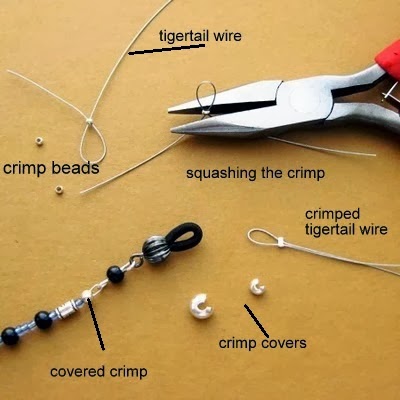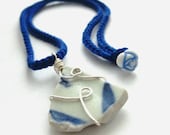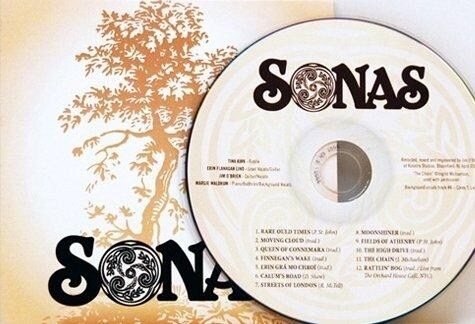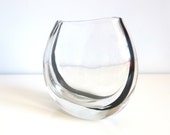The letter C in my ABC series brings me to the subject of crimping and a whole lot more: Connemara marble, Cork red marble, copper, chalcedony, carnelian, chasing hammers... So much in fact, that I decided to separate out the technique of crimping into a blog post of its own.
Crimping is a secure and professional way to finish off beaded jewellery in lieu of knotting. Personally, I would use a knot only if beading with elastic for a stretchy bracelet, but with tigertail (nylon coated steel beading wire) for me, it's crimping all the way.
Crimps are tiny metal beads which you thread onto the ends of a beaded string and crush flat to hold the beads in place. They cling to wire holding it fast. I prefer this method over knotting as it is durable and quite simply, I'm better at it and more able to get in really close to the last bead for a smooth finish. It also eliminates any possible need for using glue. Glue and me often come to a sticky end. You can get a special crimping tool to help but I use the traditional flat nose pliers for crushing and employ crimp covers for a neat finish.
beaded eyeglass chain finished with crimps & wire guards
|
Crimp covers are fold-over metal beads that give a sleeker, safer finish. Crimp covers come in a range of metals, precious included. For extra durability I often double crimp, especially in a big or heavier necklace and for bracelets, which can get rougher treatment as the wearer goes about their daily business.
Double crimping is unusual, but it is one of the features of my hand work that makes it extra special. Here is how I finished this big statement necklace for a custom order:
For a heavy necklace like this I also use two strands of tigertail for extra strength. I began by making the beaded link to the clasp, then looped the string onto it. Next I threaded on the first crimp about 1mm from the end and crushed it flat. You have to be careful not to let the wires cross over inside the bead or it will be weak.
The next stage is to grip a suitably sized crimp cover and place the crushed crimp into its 'mouth' then gently fold it closed with the pliers. Sterling silver covers are quite soft and easy to squish out of shape so this is a delicate operation.
Very light tapping and squeezing gets the cover properly lined up and sealed smoothly. Most beaders do not double crimp but I like to as the second crimp takes some of the weight off the first one. I usually separate out the crimps with a bead that matches the piece, so making them part of the design.
The stones and beads go on next and the trickiest part is finishing the strand. Bead your crimp(s) on but don't crush yet. For this heavy necklace I used two lengths of tigertail and both strands would be doubled back to pass through the crimps again, so extra wide crimps were required.
Loop the tigertail onto the clasp (wire guards may be used if desired. See photo of blue eyeglass leash at top of article). Double back to thread through the crimps and the first 2 or 3 beads. Make sure to trim the wire to such a length that it will hide inside a bead. I've done this bit super loosely just for the photo before pulling it tight.
 |
| Onyx & oxidised silver necklace (custom OOAK order) |
*** *** ***
Watch this space for part 2 of the letter C
Click HERE to see all posts in the ABC series


































































